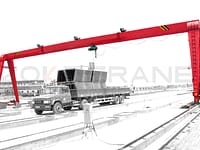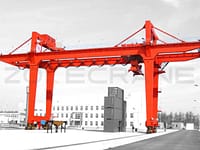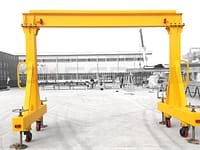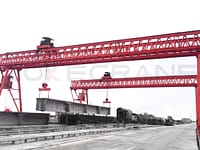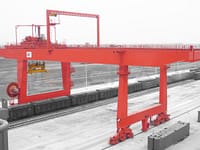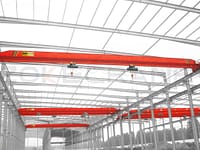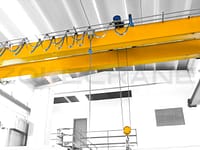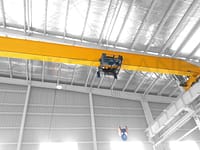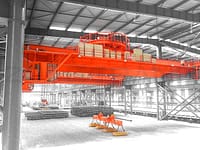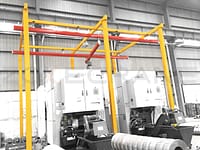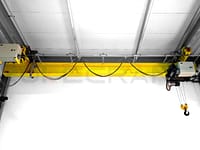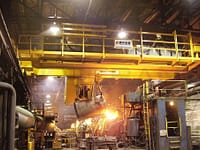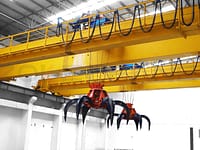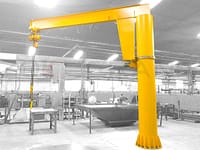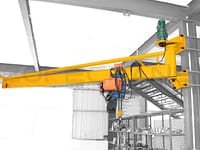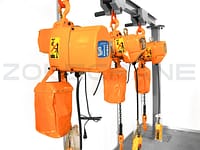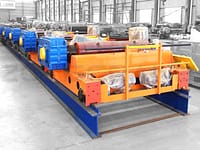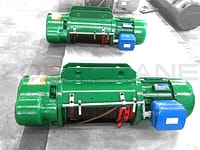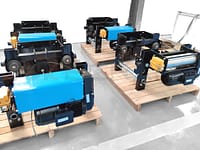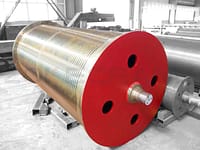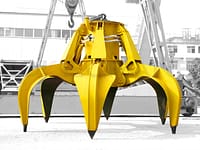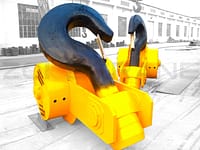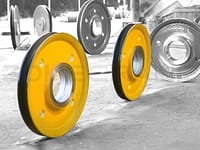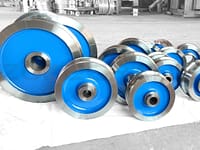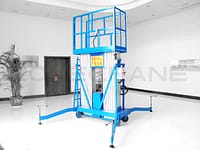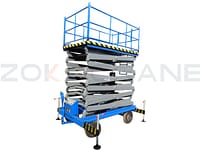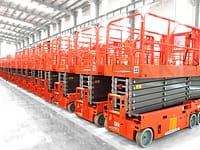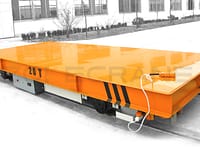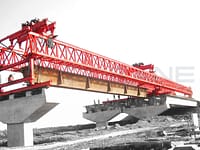Characteristics of pulleys and pulley blocks
Pulleys are divided into fixed pulleys, movable pulleys, balanced pulleys and guide pulleys according to their uses. The fixed pulley can change the direction of the force; the movable pulley can save effort; the equalizing pulley can balance the tension of the two wire ropes; the guiding pulley can change the direction of the force.
When the movable pulley and the fixed pulley are used in combination, a pulley block is formed. It can not only save effort, but also change the direction of force, and can also be used as a device for decelerating or increasing speed.
The pulley group is a movable pulley group and a fixed pulley group, the movable pulley group and the hook are assembled together, and the fixed pulley group is installed under the trolley frame. Pulleys are divided into labor-saving pulleys and speed-increasing pulleys according to their functions; according to their structure, they are divided into single-linked pulleys and double-linked pulleys.
The multiple of the pulley block is the multiple of labor saving:Magnification (m) = weight of lifting load / wire rope pulling force = wire rope speed / lifting load speed.It can be seen that the magnification of the single pulley block is equal to the number of branches of the wire rope supporting the hoisting in the pulley block (equal to the number of wire ropes wound on the driven pulley); the magnification of the double pulley block is equal to half of the number of the wire rope branches supporting the hoisting in the pulley block (Equal to half of the number of wire ropes wound on the driven pulley, and also equal to the number of movable pulleys).

The influence of pulley on the service life of wire rope
The effect on steel rope fatigue. The diameter of the pulley has a direct impact on the service life of the wire rope. In the working process, the steel wire rope is subjected to repeated bending, the more the bending times, the faster the damage. When the pulley diameter is approximately equal to 10 times the diameter of the wire rope, the service life of the wire rope will be shortened by about 40%.
Impact on wire rope wear. Reasonable selection of the shape, size and material of the pulley is an important part of extending the service life of the wire rope. In addition to being squeezed and rubbed in the pulley groove, the wire rope is also restricted by the shape and size of the pulley groove. For example, when the shape and size of the pulley groove do not meet the requirements of the relevant standards of the pulley or the rotation is not flexible, the wear of the pulley groove and the wire rope will be accelerated.

Methods and techniques for selecting pulleys and pulley blocks
- The labor-saving pulley block is widely used in the lifting mechanism of cranes and the ordinary boom luffing mechanism. It can lift heavy objects several times the pulling force of the wire rope with a small wire rope pulling force.
- The speed-increasing pulley block is mainly used in hydraulic or pneumatic drive mechanisms, such as the telescopic mechanism of the boom of a wheeled crane.
- Boom type cranes mostly use Zhanlian pulley block (Gantry crane adopts double block pulley).
- Bridge-type cranes mostly use double-linked pulley blocks. When the magnification of the duplex pulley is singular, the balance pulley is arranged on the movable pulley (hook frame); when the magnification of the duplex oil tanker is m≥6, the balance lever is used to balance the tension of the two wire ropes.
- Under normal circumstances, choose a pulley block with a larger magnification for large lifting weights, which can avoid the use of larger diameter wire ropes; use a smaller magnification for the double-linked pulley block; choose a pulley block with a smaller magnification when the lifting height is higher, to avoid The amount of rope winding is too large.
- To ensure the service life of the wire rope, the diameter of the wire rope must be selected reasonably, and the ratio of the diameter of the pulley to the diameter of the wire rope should meet the requirements.
- Where the weight of the pulley is required to be very light, such as the arm end pulley, aluminum alloy pulleys can be used.
- The contact angle between the circumference of the wire rope and the pulley is generally about 135° (120°-150°).
- There should be a device to prevent the wire rope from falling out of the groove, and the gap should be 20% of the diameter of the wire rope, which is reliable and effective.
- To make the pulling force direction consistent with the moving direction of the weight, the lead rope end of the pulley block should be led out from the moving pulley; if the pulling force direction is inconsistent with the moving direction of the weight, the lead rope end of the pulley block should be led out from the fixed pulley. When the magnification is singular, the fixed end of the wire rope must be on the movable pulley.

Taboos in choosing pulleys and pulley blocks
- The pulley diameter does not meet the requirements, and the pulley diameter is too small.
- In order to prevent the friction between the wire rope and the wheel flange, the distance between the upper and lower pulleys of the pulley block should be kept at 700-1200mm and not too small when it is tightened.
- Cast iron pulleys should not be used in places where the work is heavy, the impact is large, and the maintenance is inconvenient.
- The diameter of the bottom of the pulley groove should not be too large or too small compared with the diameter of the wire rope.
- When the pulley block magnification is large, if the wire rope starts from one side, passes through the middle pulleys in order, and finally passes through the other side pulley, it is very easy to cause the pulley block to be unstable in work, or even self-locking phenomenon (ie The hook cannot be lowered by its own weight).
